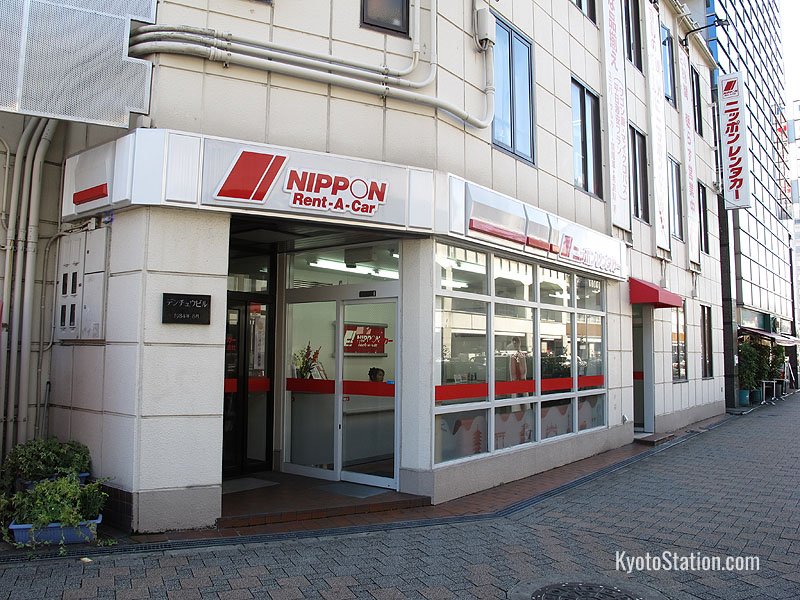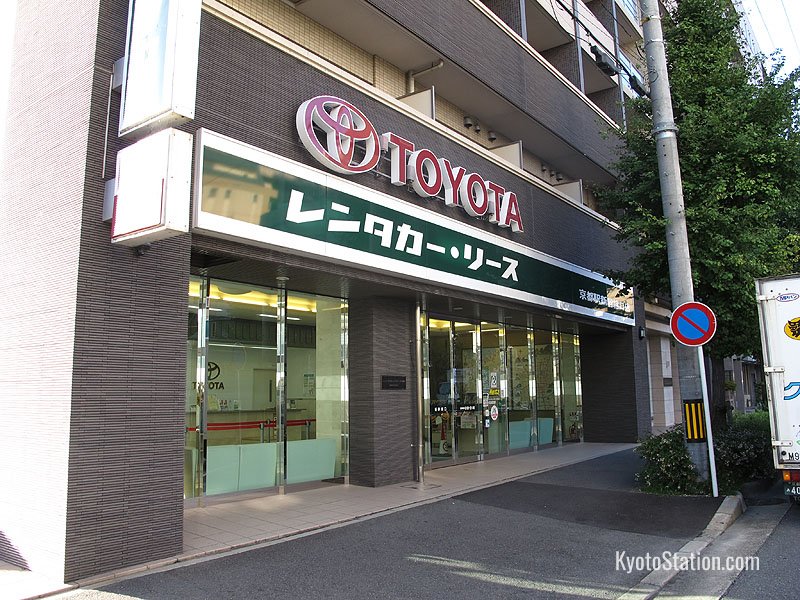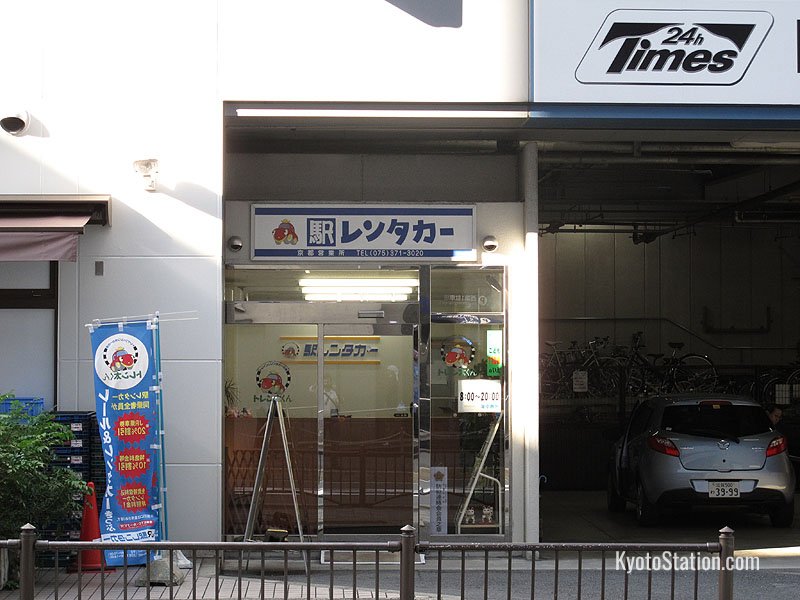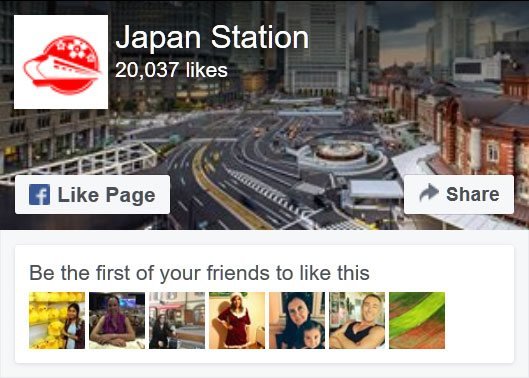If you are considering renting a car, there are a number of reputable car rental companies to choose from in the vicinity of Kyoto Station.
You can compare the rates and book a car rental online through our search engine, it’s easy and fast to use!
On the north side of the station building are Nissan Rent-A-Car and Kyoto Station’s own rental car office.

Nippon Rent-a-car at Kyoto Station
On the south side of the building you can find Toyota, Nippon, Times, and Orix rental car companies.
Of these, Nissan, Toyota, Nippon and Times have websites and information in English (see above). Before deciding whether or not to rent a car though, there are a number of things you need to consider.

Toyota Car Rental at Kyoto Station
What are the legal requirements?
You will need a valid international driver’s license in order to rent a car in Japan. These are not issued in Japan and must be obtained in your home country in advance. You will also need a valid driver’s license from your home country that is at least 3 months old.
Certain countries do not issue international driver’s licenses that can be used in Japan. These countries are Switzerland, Germany, France, Belgium, Slovenia, Monaco and Taiwan. Drivers from these countries need to obtain an official Japanese translation of their original driver’s license from the Japan Automobile Federation (JAF). You can find out more about this at the JAF website.

Times Car Rental
Do you need to rent a car?
Renting a car might be a worthwhile option if you intend to explore rural areas of the Kansai region that are less accessible by train or bus. Renting a car may also be an economical option if you are traveling with a group of people who can share the cost.
However within Kyoto city itself we do not recommend using a car. Traffic is heavy, streets are narrow and parking can be both elusive and costly. Besides Kyoto has such an excellent public transport system of buses, trains and subways, that within the confines of the city, renting a car seems quite unnecessary.
Having said that, there are some areas in the vicinity of Kyoto that are best visited by car. The village of Miyama deep in the scenic Kitayama mountains is famed for its thatched roof houses and ancient folk traditions. It is possible to visit this area by bus, but much easier and quicker by car. Another location is the Shogunzuka Mound at Shoren-in Temple which is accessible via the Higashiyama Driveway. The Shogunzuka Mound has the best views over the city of Kyoto, and the night views from here are legendary. During the day it is possible to hike to this location along a forested mountain path, but at night this location is only accessible by car. Further afield, there are many small towns, beaches and camping grounds on the seacoast of northern Kyoto Prefecture that are best explored by car.
Is it expensive to rent a car?
At the time of writing the average price of gasoline in Japan is 130 yen per liter. If you want to rent a standard sized five-seater compact car for 24 hours, it will cost you between 7000 and 8000 yen. The car will come with a full tank of gas and should be returned to the company with a full tank also.
Finding your way around
Major roads, towns and cities have English signage but more rural areas do not. However, almost all rental cars are fitted with GPS satellite navigation systems. The GPS might have English on the menu, but in case it does not, ask your car rental company to show you how to use it before your departure. They can also program the navigation system for you with your destination’s address or telephone number. Also, just to be on the safe side, it might be a good idea to buy an English-Japanese road atlas in advance.
The Rules of the Road
The Japan Automobile Federation (JAF) publishes an English language guide to Japan’s traffic rules called “Rules of the Road”. You can buy these at JAF offices throughout Japan. A digital version is also available to download from the JAF web site.
And remember the first rule of the road in Japan: driving is on the left!
Article and original photos by Michael Lambe. All rights reserved.
